The JonBenét detective who went to his grave fighting for the Ramseys to be cleared
Veteran detective Lou Smit came out of retirement at the request of Boulder authorities after JonBenét Ramsey’s murder – but quickly came to believe that her family did not kill her. Smit resigned but kept investigating, his loved ones taking on the mission after his 2010 death – and a new Netflix documentary highlights much of Smit’s work, writes Sheila Flynn
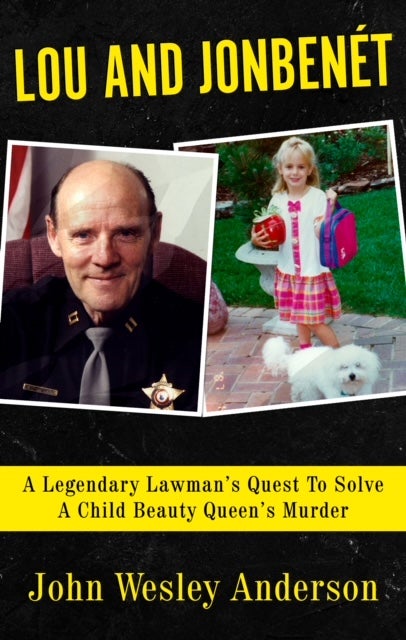
The life of every member of the Ramsey clan changed forever when 6-year-old JonBenét Ramsey was found viciously killed in the basement the day after Christmas in 1996.
But the life of an investigator – and subsequently the rest of his family – was about to change, too; Lou Smit just didn’t know it yet as he drove to Boulder from Colorado Springs in the months immediately after the murder.
The retired veteran detective had been called in by Boulder’s district attorney to advise as local police grappled with media chaos and infighting while attempting to investigate a sensational murder – an almost unheard-of crime in the well-heeled, leafy community.
Smit, however, already had more than 200 murder cases under his belt. He’d also helped score high-profile convictions, including after the investigation into the 1975 killing of Karen Grammer, sister of Frasier actor Kelsey, and the murder of a woman whose killer later confessed to taking 47 other lives.
Smit – a married father of four and grandfather known for his habit of perennially carrying a toothpick in his mouth – threw himself into the investigation. He applied the same dedication that had earned him near legendary status among his colleagues, even agreeing to take on the case despite difficult family circumstances.
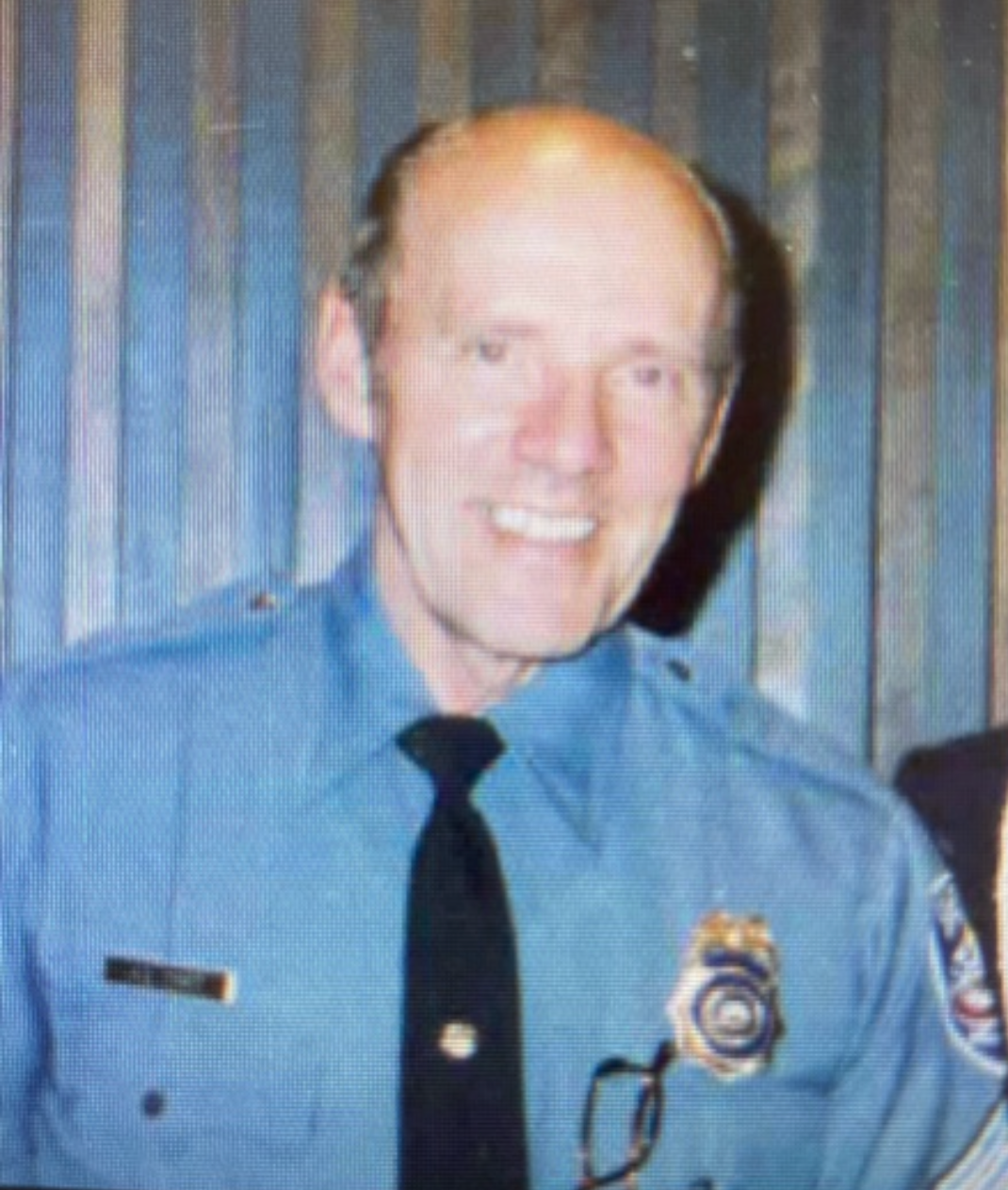
“A week or two after he started, he moved to Boulder,” Smit’s daughter, Cindy Marra, tells The Independent, detailing how a local couple let him use a spare room as his base during the week. “We had to all get together as a family, because my mom had been dealing with cancer, and so we had to have some kind of a plan to take care of her.”
Despite her illness, Smit’s wife, Barbara, also lent a hand.
“We have his journal; he dictated into a recorder every day, and my mom would then transcribe it,” Cindy says. “And within the first couple of days, in that journal, he already said: ‘Something is not right. Something is not right. Here I see evidence of an intruder.’”
Cindy caught up with her dad by phone “when he finally could come up for some air” as he pored over the case.
“I remember just saying to him: ‘So, who did it? The mom or the dad?’ Because that’s what we had been fed by the media,” she tells The Independent. “He goes, ‘Well, I don’t think it was either. I don’t think it is a family member. I think an intruder broke into that home and killed her.’
“So that was really surprising to me.”
Smit, who at the time had grandchildren of similar ages to JonBenét, became convinced that the perpetrator entered the home through a basement window. He proved it was possible by climbing into and out of the window himself. Smit believed the killer used a stun gun on JonBenét, pointing to marks on her body as evidence.
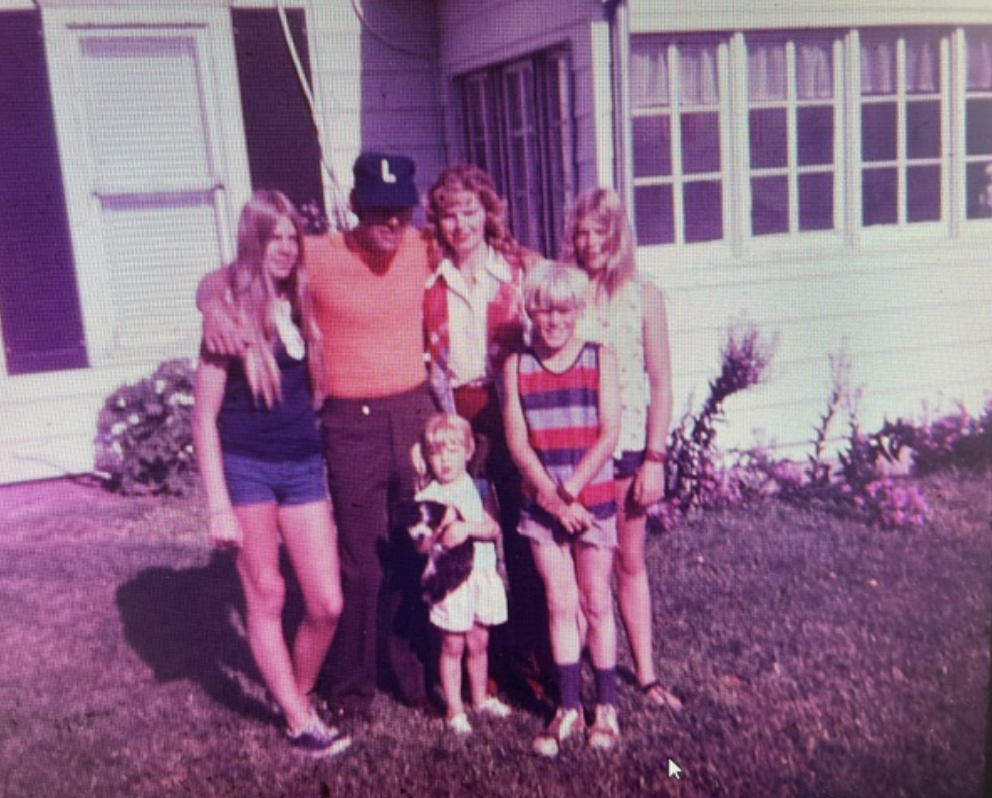
In accordance with the investigative transfer theory – that a killer brings or leaves something to a crime scene – he posited that JonBenét’s attacker brought with him duct tape, cordage and a stun gun as part of a “kidnap kit,” then left with the evidence.
Smit also pointed to DNA collected from under the child’s fingernails and on her underwear that was ruled by a lab report from the Colorado Bureau of Investigation to be foreign and male, excluding JonBenét’s parents and nine-year-old brother, who were home at the time.
All of this put him at odds with Boulder police, who seemed dead-set on their theory that someone within the Ramsey family was responsible. (Within four years of JonBenét’s murder, one former Boulder detective went on national television to claim she feared for her life when she looked into John Ramsey’s eyes after he discovered his daughter’s body in the basement; another detective wrote a book placing blame squarely on Patsy, hypothesizing she killed her daughter in anger over a bedwetting incident.)
Eighteen months after he joined the JonBenét investigation, Smit resigned, writing in his September 1998 letter that “the Ramseys did not do it.”
“There is substantial, credible evidence of an intruder and a lack of evidence that the parents are involved,” he wrote.
Smit’s friends and family note the toll the case took on him as he hit repeated obstacles with Boulder authorities. He had to fight to present evidence to a grand jury looking into JonBenét’s murder.
Years after Smit’s 2010 death, it emerged that the grand jury had voted to indict the parents on child abuse charges, but it’s important to note that grand juries only hear arguments and evidence hand-picked by prosecutors. There is no defense.
“It was just hard for him to think that people were just proactively trying to thwart his investigation or his observations,” Cindy says. “It always made us angry, because we knew he didn’t deserve it. We knew these people just were on their own page.

“Calling him a delusional old man or anything like that was just so off. It just was so wrong.”
Smit had dedicated his life to family, faith and the force, applying in 1966 to the department where his cousin, Bill, already served as a police officer.
“The problem was the 5-foot, 9-inch minimum height requirement – Lou was only five feet 8 ¾ inches,” writes John Wesley Anderson, a fellow Colorado Springs detective who asked Smit to be his best man at his 1997 wedding, in Lou and JonBenét: A Legendary Lawman’s Quest to Solve a Child Beauty Queen’s Murder.
“Lou really wanted to be a police officer and told Bill to whack him over the head with his nightstick. Later, at his medical exam, Lou measured exactly 5-feet 9-¼ inches tall, including the bump on his head.”
Within a decade of joining the department, Smit proudly brought his children to the trial of Freddie Glenn, who was convicted in 1976 of the murder of Karen Grammer and two other victims. Glenn later confessed to dozens more.
“We didn’t know who Kelsey Grammer was at all, but I just remember going to that trial and being just so impressed,” Cindy says, who calls her father “my hero.”
Filmmaker Joe Berlinger, whose three-part documentary Cold Case: Who Killed JonBenét premieres on Netflix Monday and lays out much of Smit’s work, uses the same word to describe the detective.
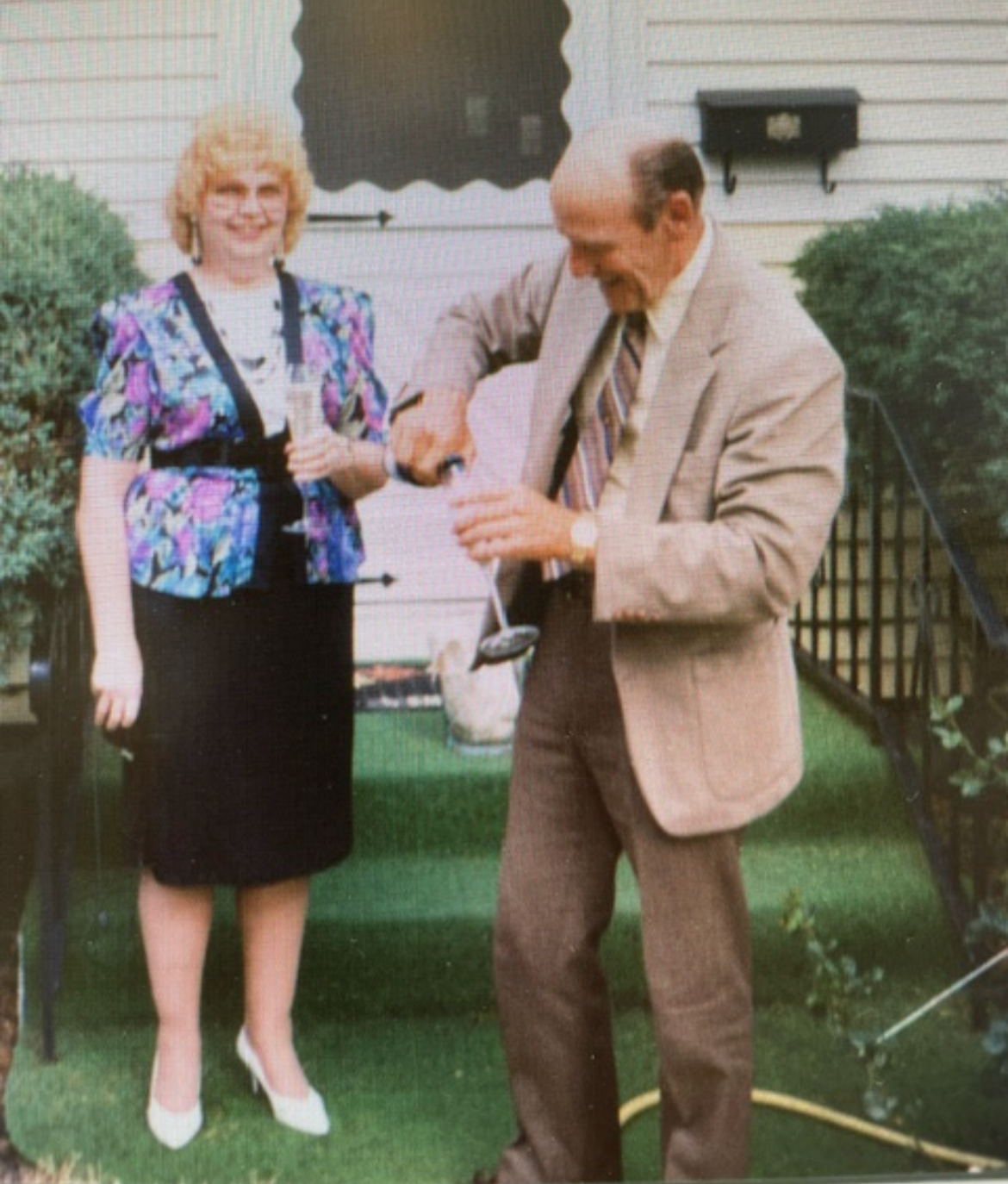
Smit was a “total hero – a really smart cop who became personally attached to this case who was horribly mistreated by the Boulder police,” Berlinger tells The Independent, adding that he believed the then-Boulder DA ‘did the smart thing: hired a well-regarded investigator, somebody who had tremendous respect.
“And the Boulder police were okay with it, until he came up with the wrong conclusion for them, and then they smeared him and said he’s like a delusional old man looking for fame and fortune,” Berlinger continues. “The opposite was true. I wish I’d had the pleasure to meet him in person … he struck me as somebody who was deeply dedicated to his craft and deeply dedicated to the truth.”
Smit is described in the documentary by law enforcement friends in similar terms; one compares him to a modern-day Sherlock Holmes. He continued to work the case on his own and with the Ramseys; as he was dying of colon cancer, he enlisted help.
“He was trying to get the evidence in front of more and more people, but he just ran out of time,” his friend Anderson tells The Independent.
Anderson is among a group of family and friends carrying on Smit’s mission in his memory after the detective’s death 14 years ago at the age of 75.
Weeks before Smit entered hospice, while he was still in the hospital, Cindy recalls her father reiterating his hope that the investigation go on after his death.
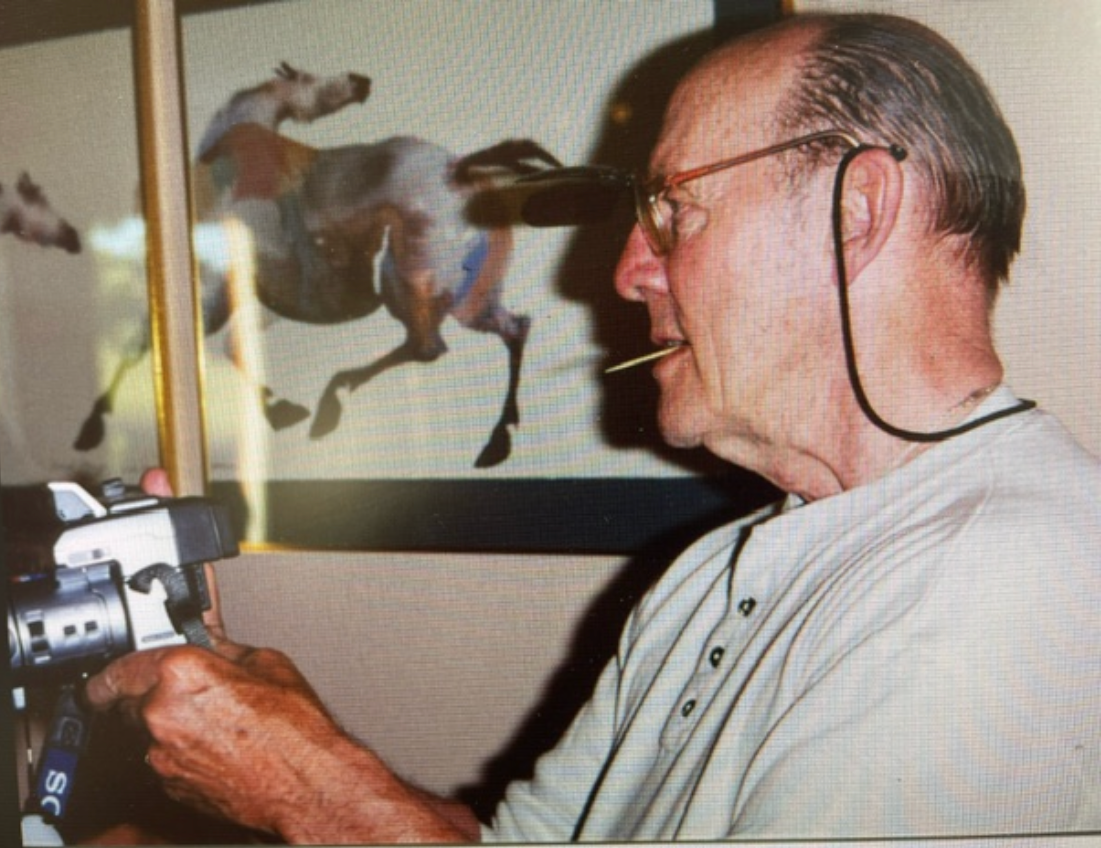
“My husband and I were in the room at that time, and he again, just said, ‘Just make sure that somebody continues to follow up on this.’ And he said, ‘Get a pen, get a pencil and paper … and write this down,’ she says. “And he gave me a name, and he goes, ‘Start there.’”
That was his “number one person of interest” at the time, Cindy says; following her father’s death, she convened a dedicated group that did exactly what her father asked, and they’ve been working their way through his list of likely culprits ever since – going to so far as to obtain DNA from individuals across the country.
They have a GoFundMe to help defray the costs; in the days before the release of the Netflix documentary, donations totalled nearly $64,000.
“It speaks to the impact that my dad had on not only his children and grandchildren, but on the people that he worked with, because we have just been on a mission to fulfill his dying wish – and I think that, if he wasn’t who he was to all of us, we would have given up a long time ago,” Cindy says.
Anderson, who says he served as an advisor for the new Netflix documentary, considers whether Smit would find the continuing efforts to solve JonBenét’s murder bittersweet .
“Having known Lou most of my life, I’m sure he would be – from a professional perspective – very thankful that there’s so much attention to the investigation, to the facts of the case and keeping the case alive,” he says.
“He had a wonderful quote, and he would often say, on cold cases that we had or cases that were waiting to be solved, he said: ‘If nothing else, you have to stir the pot.’
“To me, what that always meant was, if nothing else, let’s go re-interview some witnesses, let’s do something we haven’t done, let’s keep that pot from growing cold on the stove. And I think, with this Netflix documentary, it’s really a big spoon to stir that pot.
“I think it’s going to have kind of a ripple effect where other people will say, ‘I thought that was solved,’ or ‘I’ve been waiting to share this information’ or ‘I thought it was the mother, but now it’s not’ … so we’re hoping that more significant leads will come out.”
